Nationality American, Indian Role Professor Name Arogyaswami Paulraj | ||
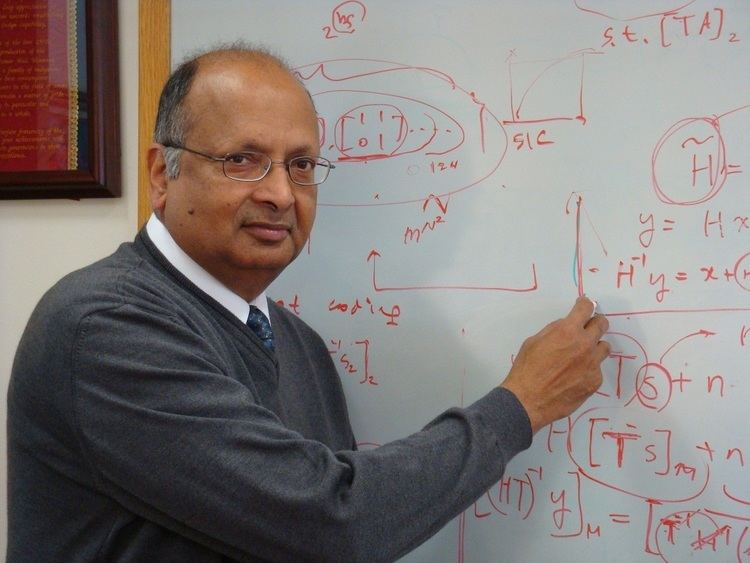 | ||
Born 14 April 1944 (age 71) Alma mater The Naval College of Engineering, Lonavla, 1966, B. E.Indian Institute of Technology, Delhi, 1973, Ph.D. Education Indian Institute of Technology Delhi Notable students Sumeet Sandhu, Ozgur Oyman Similar People Thomas Kailath, John Cioffi, Andrea Goldsmith, Thomas M Cover, Sachin Katti | ||
Organizations founded Beceem Communications | ||
Prof arogyaswami paulraj accepting speech
Arogyaswami J. Paulraj AVSM, VSM (born 14 April 1944) is a distinguished Indian-American electrical engineer. A former Commodore in the Indian Navy, he is currently a Professor Emeritus in the Dept. of Elect. Engineering at Stanford University.
Contents
- Prof arogyaswami paulraj accepting speech
- Oral History of Arogyaswami Paulraj
- Early life and naval career
- MIMO development work
- Other works
- Achievements in India
- Awards Honors
- References
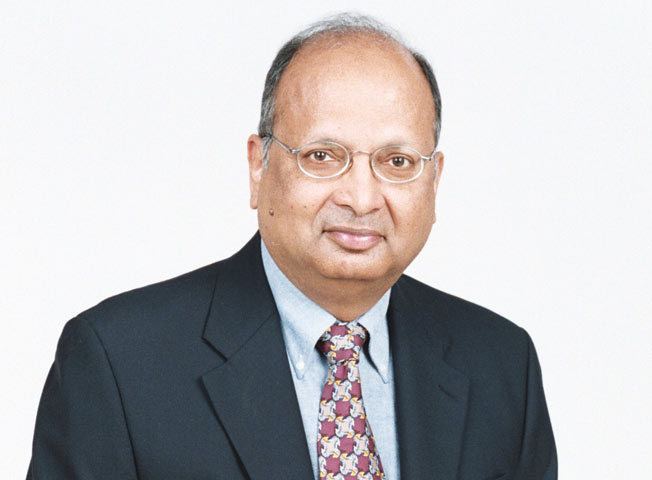
Oral History of Arogyaswami Paulraj
Early life and naval career
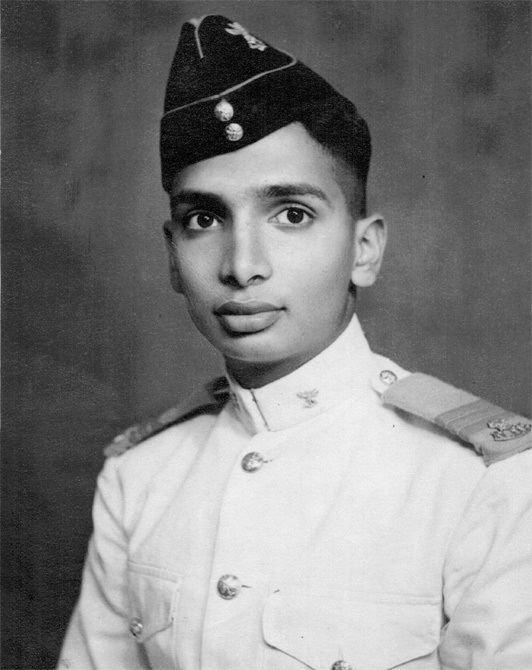
Paulraj was born in Pollachi near Coimbatore, India, one of six children of Sinappan Arogyaswami and his wife Rose. He joined the Indian Navy at age 15 through the National Defence Academy, Khadakvasla and served the Navy for 30 years. Paulraj received his bachelor's degree in electrical engineering from the Naval College of Engineering, Lonavala, India, and his doctorate in electrical engineering from the Indian Institute of Technology, New Delhi.
MIMO development work
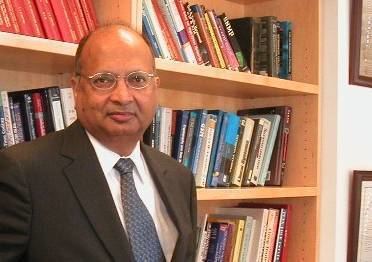
Paulraj is the pioneer of a breakthrough wireless technology known as MIMO (multiple input, multiple output) that dramatically increases performance of wireless systems. MIMO is now core technology in latest WiFi and LTE systems. Paulraj served in India till 1991 where he is known for pioneering the development of military sonars (APSOH family). Paulraj also served as the founding director for three major labs in India - Centre for Artificial Intelligence and Robotics (CAIR), CDAC (Center for Development of Advanced Computing) and CRL (Central Research Labs of Bharat Electronics).
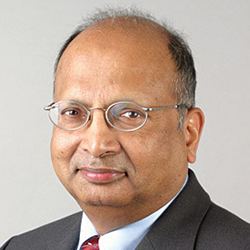
Paulraj’s MIMO technology is now crucial to local area and mobile wireless communications. MIMO allows both higher data rates and wider coverage areas. MIMO technology involves using multiple antennas at both the transmit station and the receive station. Efficiency is increased because parallel streams of data can be multiplexed within the same channel.
Paulraj first developed the idea of MIMO in 1992 while at Stanford University. Using the spatial multiplexing concept that exploits MIMO antennas, he demonstrated that spectral efficiency could be improved by transmitting independent data streams from each antenna and then exploiting the distinct spatial signatures of each stream at the receive antennas to separate them. Paulraj was issued a patent for the MIMO concept in 1994. He faced skepticism from industry and funding sources and practical application of the technology was not seen until the early 2000s. Among the obstacles, digital transmission was needed to fully exploit the potential of MIMO, but the U.S. wireless industry was still predominantly analog at the time. However, Paulraj persisted and held annual workshops at Stanford on the technology that eventually helped interest in MIMO and spatial multiplexing take hold.
Other works
Paulraj founded Iospan Wireless Inc. in 1998 to form the first company to incorporate MIMO technology in a commercial system. The system developed by Paulraj at Iospan helped erase lingering skepticism about the practicality of MIMO. The lessons learned at Iospan gave the wireless industry the confidence to incorporate MIMO into emerging wireless standards, and the technology developed at Iospan such as spatial multiplexing, orthogonal frequency-division multiple access and opportunistic scheduling, can be seen in today’s 4G systems. Intel Corp. acquired part of Iospan in 2003 to help launch its own push into WiMAX, further establishing the importance of Paulraj’s MIMO concept. Paulraj co-founded Beceem Communications in 2003 and the company became a leader in WiMAX chipsets. Beceem was acquired by Broadcom Corp. in 2010.
An IEEE Fellow, Paulraj is also a member of the U.S. National Academy of Engineering and several other scientific / engineering academies. His awards include the IEEE Signal Processing Society Technical Achievement Award and Padma Bhushan from the president of India, one of the country’s highest civilian awards. Paulraj is a Professor Emeritus at Stanford University, Calif., and is also a Senior Advisor to Broadcom Corp., Irvine, Calif.
Achievements in India
During his 30 years in the Indian (Navy) (1961-1991), he founded three national level laboratories in India and headed one of India’s most successful military R&D projects – APSOH sonar. He received over a dozen awards (many at the national level) in India including the Padma Bhushan, Ati Vishist Seva Medal and the VASVIK Medal.
Awards & Honors
Paulraj has set examples of bridging Academia & Tech Industry by bringing Academic Innovations to the center-stage of the Industry. After having designed and developed one of the most advanced Sonar APSOH for the Indian Navy, while he proposed the idea of MIMO from Stanford, it naturally faced skepticism and was rejected by the Industry. His relentless persistence for over two decades during which he created working models of his MIMO ideas and proved them by creating two high technology companies in the Silicon Valley. The first - Iospan Wireless Inc. developed the core 4G wireless technology and was acquired by Intel Corp. In 2003, his second company - Beceem Communications Inc. became the market leader in 4G chip sets and was acquired by Broadcom Corp. in 2010.
Through productization of his ideas into viable products, he proved his innovative ideas about MIMO & WIMAX, which got overwhelming adoption from the industry world over and became the foundation of the next generation Mobile Communication, popularly known as 4G. Not surprisingly, Paulraj is known as the Father of MIMO and WIMAX, the 4G Cellular Technologies.
Paulraj has been honoured with the most coveted global technology awards, the IEEE Alexander Graham Bell Medal in 2011 and the Marconi Prize in 2014, for his pioneering contributions to the telecommunications industry.
